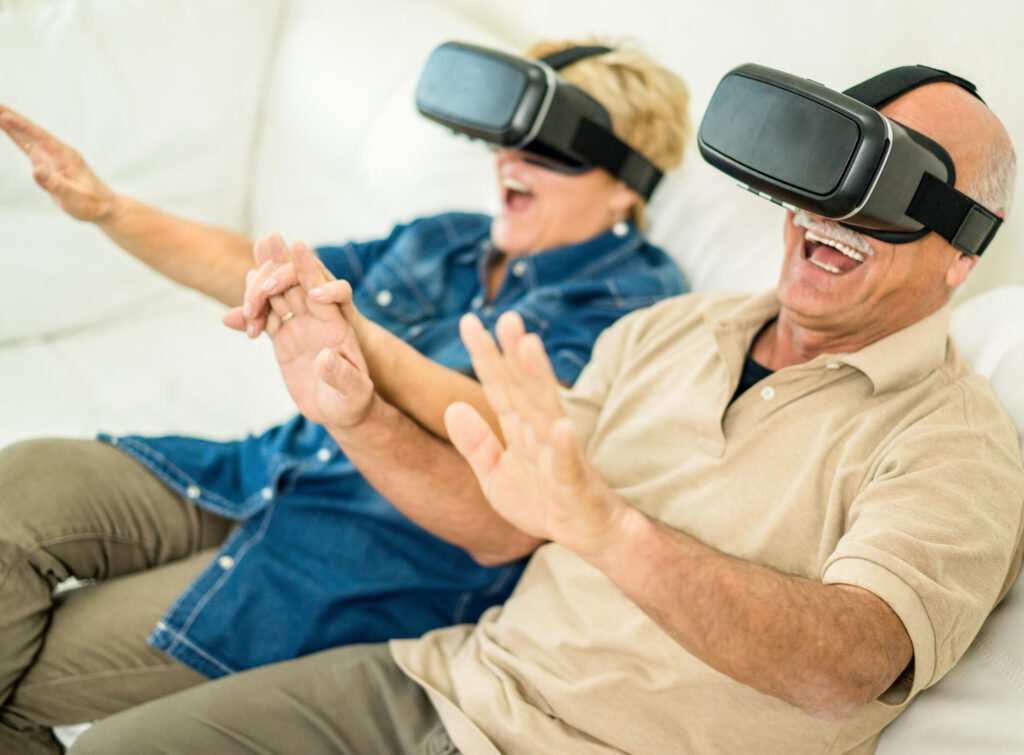As the global population continues to age, the need for proper care and support for the elderly becomes increasingly important. With technology advancing at a rapid pace, it has become crucial to find ways to integrate it into elderly care. Numerous cutting-edge technologies are being developed to address the specific needs and challenges faced by the elderly.
Through this blog post, we will delve into the various technologies and approaches being used. Read on.
Wearable Health Devices
Smartwatches and fitness trackers are now common among older adults. These devices track things like:
- Heart rate
- Blood pressure
- Physical activity
They send this information to caregivers and doctors in real time. Some devices can even detect irregular heartbeats and send alerts to help catch problems early.
Telemedicine and Remote Monitoring
Telemedicine lets seniors talk to doctors without leaving home. This is great for people who have trouble moving or live far from clinics.
Remote patient monitoring (RPM) allows doctors to keep an eye on a person’s health every day. It helps catch health problems early and reduces trips to the hospital.
Smart Home Technologies
Smart home tools help make life easier and safer for seniors. These include:
- Voice assistants (like Alexa or Google Assistant)
- Automatic lights and temperature controls
- Home security systems
They can also remind seniors to take their medicine or go to appointments. Voice assistants can even provide company and help with daily tasks.
Artificial Intelligence and Robotics
AI helps doctors and caregivers understand health data better. It can help create care plans that match each person’s needs.
Robots like Paro (a robotic pet seal) offer comfort and companionship. These tools help reduce loneliness, especially for people with dementia.
Medication Management Solutions
Many seniors take several medications daily. Tools like smart pill dispensers and apps give reminders when it’s time to take medicine.
If someone misses a dose, the device can alert a caregiver or family member. This helps prevent mistakes and keeps treatment on track. Check out some trusted respite care services to learn more about them.
Data Integration and Electronic Health Records (EHRs)
EHRs help doctors, nurses, and caregivers share a senior’s medical information easily. Everything is stored in one place, so there’s less chance of errors. It also makes care more coordinated and organized.
Community-Based Support Systems
In some countries, like Japan, local support networks use technology to help seniors. Online platforms connect older adults with nearby services and people. This helps them stay socially active and get the help they need.
Virtual Reality for Cognitive Health
VR is being used to help seniors with memory and thinking problems. It creates fun and calming experiences that can boost brain activity.
Seniors can “travel” to different places, do mental exercises, or relax with soothing scenes – all from home. It’s a new and helpful way to support mental health.
Use New Tech for Elderly Care
The integration of technology into elderly care is not merely a trend but a necessity in addressing the challenges posed by an aging population. By embracing innovations, society can enhance the quality of life for older adults and support caregivers in providing effective care. Consult an expert today!
If you want to read more articles, visit our blog.







